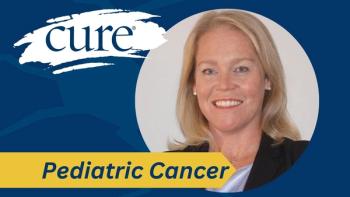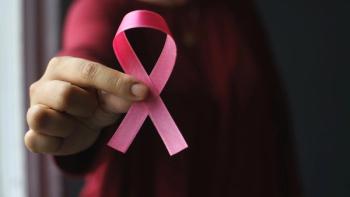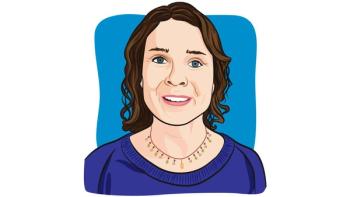
Dial it in: Cancer patients find relief from pain, depression through phone calls
Audrey Rabalais, a senior journalism major at Ohio University, is a summer editorial intern with CURE. No matter the cancer type, the two most common symptoms, pain and depression, are sometimes unavoidable and too often overlooked. "Because oncologists are busy with testing, chemotherapy, and other treatments, they often have too little time left for quality-of-life issues, like pain and depression," says Kurt Kroenke, MD, of the Regenstrief Institute in Indianapolis, the main investigator in a new study by the Indiana University School of Medicine. The study showed automated phone calls and follow-up calls by nurse managers help mitigate the symptoms of pain and depression in cancer patients. Over 400 patients from 16 community-based oncology practices participated in the 12-month Indiana Cancer Pain and Depression (INCPAD) trial. Participants, with an average age of 59, lived in both rural and urban areas and had expressed symptoms of pain, depression, or both. Patients were randomly assigned to one of two groups and then stratified by symptom type. The control group received standard care, which included informing patients of their pain and depression symptoms and then providing screening results to their oncologists. No further medical attention was given for these symptoms unless emergency situations arose. The intervention group used home-based symptom monitoring. They received phone calls from a nurse care manager four times during the first three months of the study. The nurse care manager then worked with a specialist to discuss symptom management and treatment. Any treatment recommendations were then sent to the patients' oncologists.The automated monitoring was administered through either phone calls or online surveys that decreased in frequency as the study progressed. Patients were asked to assess their pain and depression through a 21-item survey. If the patient indicated symptoms had worsened, medication was not being taken, or there were adverse effects, the nurse care manager was automatically alerted. Patients in the intervention group reported greater improvements in pain and depression severity than the control group. Improvements in the intervention group were also seen in other areas, such as vitality and anxiety. According to the study, which was published in The Journal of the American Medical Association, the INCPAD trial confirmed that telephone-based centralized symptom management can be effectively used across geographically dispersed urban and rural community-based practices when coupled with human and technology care systems. This is good news for oncologists, who can rely on "collaborative care" with other team members to help their patients in areas that they may be stretched to provide assistance. This way, the oncologist can focus on prescribing medicines and a course of action while patients receive all-around care. So, while the oncologist may benefit, the patient surely comes out a winner in this deal, receiving optimum, focused care for their physical and psychological symptoms. Also, in the information age, the use of telephone and online communication is quick and convenient so patients don't have to leave their homes and care managers don't have to leave the office. The electronic system also may be a more comfortable way for patients to assess their own levels of pain and depression. When one is sitting in a doctor's office and put on the spot to speak critically about symptoms, the pressure to answer on the spot and without a source of relevance is enough to make one clam up or just plain forget. However, if I have something in front of me with a 1 to 10 scale, and no one is staring me down for an answer, I have time and ease to truly assess what is being asked of me. This is especially important for pain management, as any pain could be an indication of conditions that need attention. Electronic surveys are efficient and accurate, so the turnaround time for treatment is much faster than with standard care.If you're doing the mental math with me, we'll come to the conclusion that technology means faster response time, a reduction in costs, and a more accurate symptom assessment. This means more time and money to treat more cancer patients. I think that sounds like a good step toward more birthdays.




